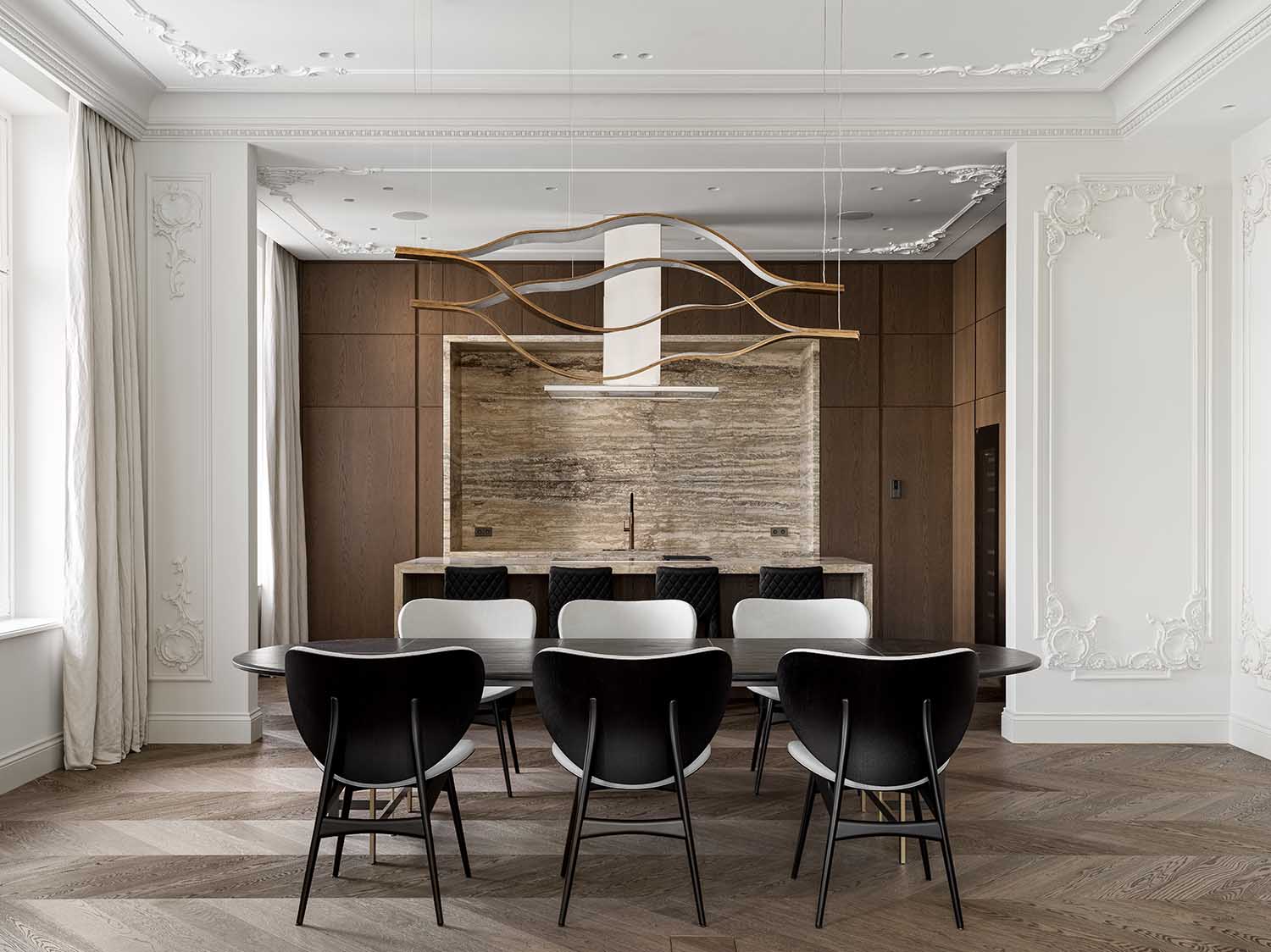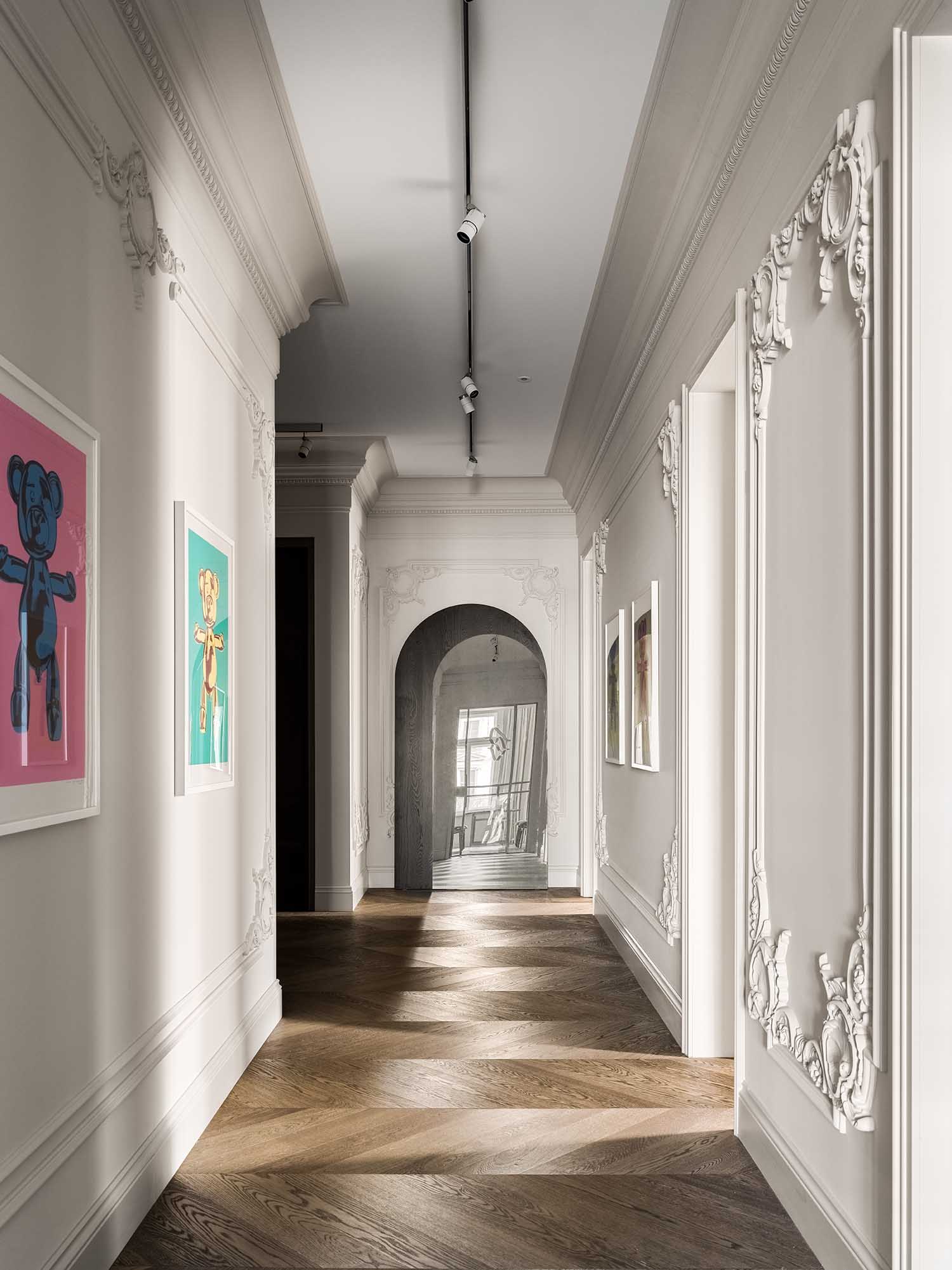
The intersection of technology and aesthetics becomes a fertile ground for innovation. Among the notable advancements in this realm is the integration of digital signage, like Kitcast, within contemporary interiors, a development that promises to redefine the traditional boundaries of design. This article ventures into the realm of digital signage, exploring its potential to transform modern spaces into interactive, visually appealing, and intelligent environments.
Digital Signage: Bridging Aesthetics and Communication
Enhancing Aesthetic Allure
Digital signage, far from being just an information conduit, has emerged as a significant aesthetic component within modern interior design. Today’s designers are blending digital displays harmoniously with physical decor elements, creating a seamless visual narrative. These digital canvases not only relay information but also accentuate the architectural ethos of the space they inhabit.
Dynamic Content: A Portal to Fresh Aesthetics
One of the salient features of digital signage is its capability to host dynamic content. Unlike traditional static displays, digital signs can be updated in real-time, rendering an ever-evolving visual landscape. This dynamism fosters a refreshing ambiance, ensuring that spaces remain engaging and visually stimulating over time.

Interactivity: Crafting Engaging Spaces
The Advent of Interactive Digital Signage
Interactive digital signage is the dawn of a new era in interior design. By allowing a two-way communication between the user and the space, interactive signs foster a deeper level of engagement. Especially in commercial settings like retail outlets, interactive digital signage can significantly enhance customer experience, creating a memorable interactive journey.
The Transition to Smart Spaces
As the vision of smart, interconnected environments comes to fruition, digital signage stands as a cornerstone in realizing intelligent spaces. Integrated with other smart devices, digital signs can orchestrate a symphony of interactions, making spaces more responsive and intuitive to occupant needs.

Sustainability and Efficiency: Stepping Towards Greener Designs
Harnessing Energy Efficiency
With the global discourse increasingly veering towards sustainability, modern digital signage is stepping up to the plate by offering enhanced energy efficiency. This alignment with the global sustainability ethos is propelling digital signage to the forefront of eco-friendly interior design practices.
Curtailing Material Waste
Digital signage significantly reduces the reliance on physical materials, which are a staple in traditional signage systems. By transitioning to digital displays, the material waste associated with conventional signs is considerably diminished, marking a stride towards more sustainable interior design practices.
Overcoming Challenges: The Road Ahead
Navigating the Cost Landscape
While the initial investment required for digital signage integration may be substantial, the long-term dividends in terms of reduced maintenance, enhanced energy efficiency, and superior engagement levels present a compelling value proposition.
Tackling Technical Hurdles
Digital technologies invariably come with their set of technical challenges. However, as technology marches forward, these hurdles are likely to be surmounted, paving the way for more intuitive and user-friendly digital signage systems.

Final Thoughts and FAQ
The confluence of digital signage and interior design heralds an exciting epoch in the evolution of modern spaces. By blending the functional with the aesthetic, digital signage is not only enriching the visual tapestry of interiors but also fostering a more interactive and intelligent environment. As technological advancements continue to break new ground, the symbiosis between digital signage and interior design is poised to become a norm, shaping the way we interact with the spaces around us.
How can digital signage be integrated seamlessly into interior design?
Meticulous planning and design are imperative to ensure digital signage complements the overall aesthetic and functionality of a space.
What variety of content can digital signage host?
Digital signage can host a plethora of content types ranging from informational displays, advertisements, and interactive content, to digital art exhibitions.
What does maintenance for digital signage entail?
Maintenance encompasses regular software updates, hardware inspections, and troubleshooting technical issues to ensure optimal performance.
How does interactive digital signage bolster customer engagement?
By offering a dynamic and interactive platform, digital signage can engage customers on a deeper level, enhancing their overall experience and interaction with the brand.
Are there eco-friendly digital signage options?
Yes, modern digital signage systems are veering towards energy efficiency and reduced material usage, aligning with eco-friendly interior design practices.
Images from: Fusion of History and Modernity: AB-architects transform a classic apartment in Vienna – See the full story here



